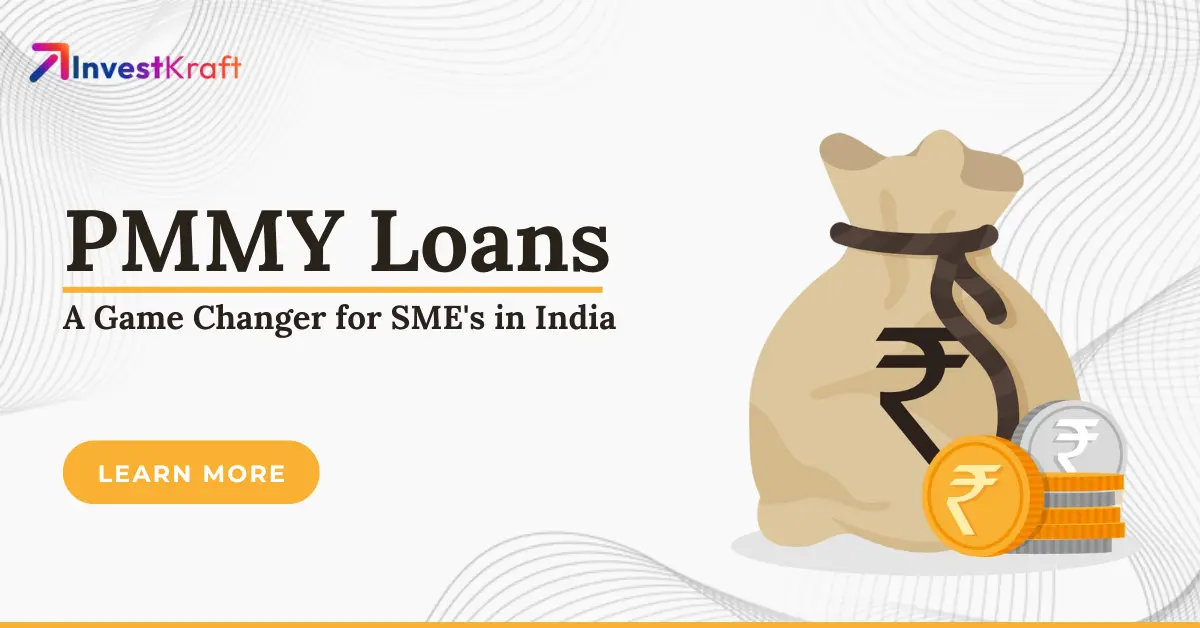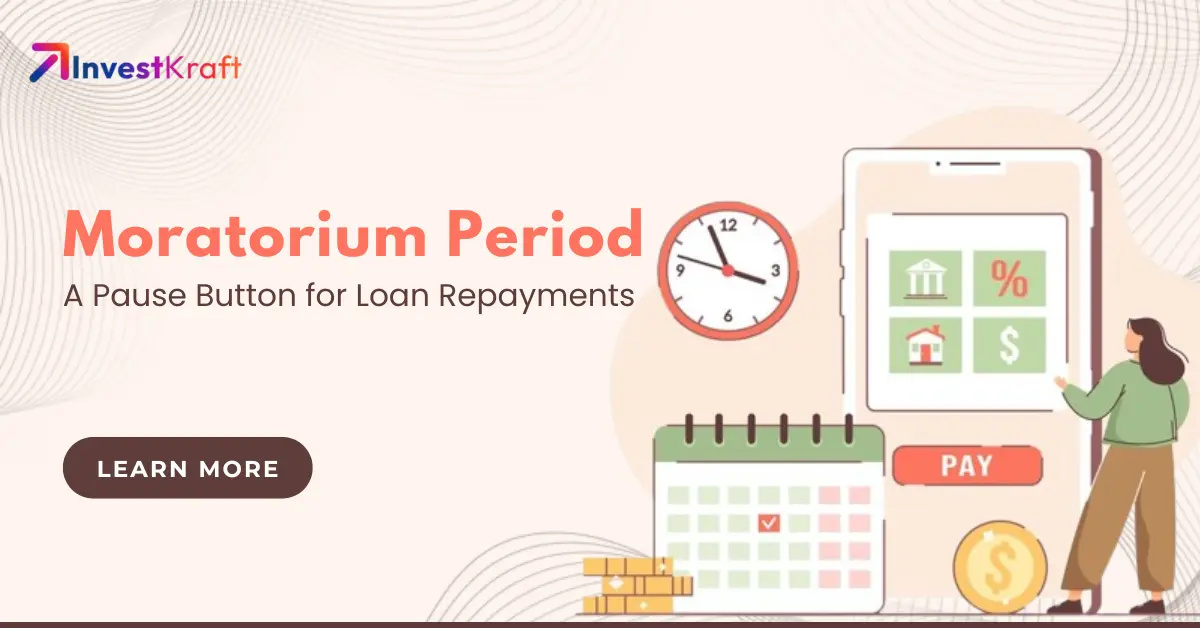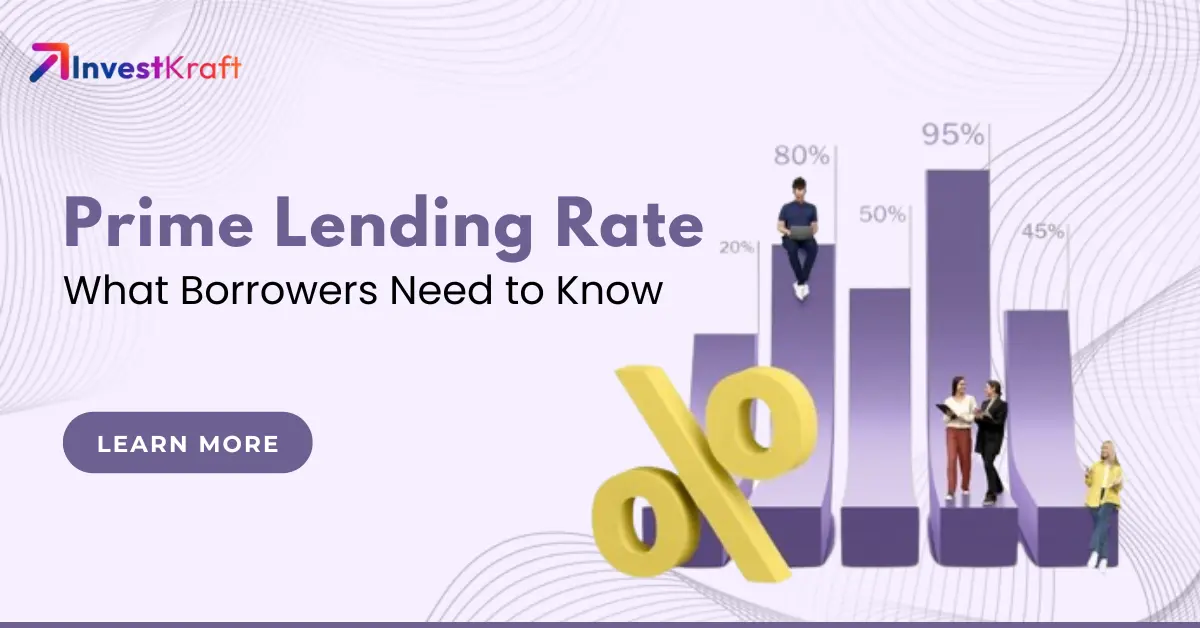A Comprehensive Guide to Understanding MSME Loans

In today’s competitive environment, starting and managing a business is no easy thing. There are hundreds of things that need to be managed proficiently to get the desired success. Among various cumbersome tasks related to the establishment of a business, one mammoth task is to arrange the capital for the business. This is where an MSME loan comes up as the best way forward for hundreds of businessmen. An MSME loan is considered an unsecured loan that is offered to small entrepreneurs for various expenses related to their business. Whether you are looking to avail of an MSME loan or want to increase your know-how about this business loan, you can learn everything in this post.
What is an MSME Loan?
MSME stands for Micro, small, and medium enterprises. Going by this, an MSME loan is defined as a kind of credit that is given to businesses belonging to the MSME category. The first and foremost objective of giving out an MSME loan is to help small businessmen and entrepreneurs get money for their various business-related needs.
What does the MSME sector include?
The Government of India has placed all types of micro, small, and medium enterprises in one category and named MSME, according to the Micro, Small and Medium Enterprises Development Act (MSMED), 2006. The Act categorizes the MSME businesses under two groups or programs specifically those involved in manufacturing work and those that have been offering services. The Act has clearly defined the investment value that needs to be made by such businesses in their plant, machinery or equipment be it the manufacturing sector or service sector.
These units come under the purview of the MSME sector. The maximum limits are defined below:
| Category (Enterprises) | Investment allowed in plant and machinery/ equipment | |
| Manufacturing Units | Service Units | |
| Micro | Up to Rs. 25,00,000 | Up to Rs. 10,00,000 |
| Small | More than Rs. 25,00,000 up to Rs. 5,00,00 ,000 | More than Rs. 10,00,000 up to Rs. 2,00,00 ,000 |
| Medium | More than Rs. 5,00,00,000 up to Rs. 10,00,00 ,000 | More than Rs. 2,00,00,000 up to Rs. 5,00,00 ,000 |
These limits have been updated by the Government of India and are mentioned below”
| Category | Investments | ANNUAL TURNOVER |
| Micro | Up to Rs. 1,00,00,000 | Less than Rs. 5,00,00,000 |
| Small | Up to Rs. 10,00,00,000 | Less than Rs. 50,00,00,000 |
| Medium | Up to Rs. 20,00,00,000 | Less than Rs. 100,00,00,000 |
Purpose of an MSME Loan
The purpose of an MSME loan is to allow easy funds on credit to businesses that otherwise find it difficult to get funds for their various business-related needs.
Also Read: Importance Of MSME In Indian Economy
There are different types of schemes launched by the Government of India to empower the MSME sector, which is considered difficult to get credit. Let’s look at some popular MSME loan schemes
Pradhan Mantri Mudra Yojana (PMMY)
Mr. Narendra Modi, the Hon’ble Prime Minister launched the Pradhan Mantri Mudra Yojana (PMMY) scheme in the year 2015. This program is intended to give loans of up to 10 lakh to non-corporate and non-farm small or micro-enterprises. These loans are categorized as MUDRA (Micro Units Development and Refinance Agency Limited) loans under PMMY.
MUDRA refers to a non-banking financial company (NBFC) that promotes the overall development of MSMEs. MUDRA does this by giving refinancing support to banks, microfinance institutions (MFIs), and NBFC when it comes to giving out loans to micro businesses that have a capital requirement of up to Rs.10 lakhs. Under this scheme, the credit service to businesses is facilitated by Commercial Banks, Small Finance Banks, NBFCs, and MFIs. The borrowers can choose to apply for a loan online through the UdyamiMitra porta. They can also visit the offices of any of these lending establishments.
The three distinct PMMY schemes, "Shishu," "Kishore," and "Tarun," refer to the overall developmental or growth stage as well as the financial requirements of the micro-units or entrepreneurs that get the benefits. They also serve as a point of reference for the subsequent graduation or growth phase.
Prime Minister’s Employment Generation Programme (PMEGP)
The Prime Minister’s Employment Generation Programme (PMEGP) can be understood as a combination of two programs by the Government of India - Prime Minister’s Rojgar Yojna (PMRY) and Rural Employment Generation Programme (REGP). This program emphasizes bringing self-employment prospects to unemployed youth and traditional artists through MSME units. This program is run by the Khadi and Village Industries Commission (KVIC) which serves as the nodal agency for this program across the nation.
The program is implemented at the state level through the State KVIC Directorates, District Industries Centres (DICs), State Khadi and Village Industries Boards (KVIBs). According to this scheme, the KVIC forwards government subsidies through chosen banks for ultimate disbursal to the entrepreneurs or beneficiaries straight into their bank accounts.
Program Eligibility – Any person/s who is/are above 18 years of age is/are eligible. The individual/s should be at least VIII standard pass for the projects, in the manufacturing sector with a value of over Rs.10 lakh and in the business or service sector with a value of more than Rs. 5 lakh.
Credit Guarantee Trust Fund for Micro & Small Enterprises (CGT MSE)
Ministry of Micro, Small and Medium Enterprises and Small Industries Development Bank of India (SIDBI) have come together to form the Credit Guarantee Fund Trust for Micro and Small Enterprises (CGTMSE). Its major task is to launch a credit guarantee program for MSMEs.
The Government of India and SIDBI work together to fund the corpus created under this program. The main objective is to give monetary assistance to small and medium industries without the involvement of collateral and third-party security. The assurance exposure under this program ranges from 85% for Micro Enterprise (up to Rs 5 lakh), 75% for others, and 50% for retail businesses.
Eligibility – Both new and running businesses are covered under the program. The eligible candidates can consult banks or financial institutions that are allowed to run this type of scheme.
MSME Loan Eligibility
Now, check the eligibility for an MSME loan.
- The applicant’s CIBIL score should be 750 or above.
- The business should have an income of a minimum of Rs.2 lakhs income a year, and their least turnover should be nearly Rs.10 lakhs per year.
- Businesses must be financially stable
- Businesses should not have a loan default
- The minimum age of the applicant or authorized signatory of the business to avail of the loan must be 21 years, and the upper limit is 65 years.
- The applicant or authorized signatory should have been operational in the organization for a minimum of three years and have at least five years of experience in the chosen industrial domain
- Individuals, business owners, and MSMEs who have set the following kind of business engaged in the services, trading, and manufacturing domains are eligible for MSME loans:
- Private limited companies
- Public limited companies
- Sole proprietorships
- Partnership firms
- Limited Liability Partnerships (LLPs)
MSME Loan Interest Rate
Below are the interest rates levied by popular banks on an MSME loan.
| Bank Name | Interest Rate |
| Indian Bank | 8.75% p.a. or above |
| Central Bank of India | As per the bank’s internal criteria |
| Punjab and Sind Bank | 9.05% p.a. onwards |
| Punjab National Bank | 9.60% p.a. onwards |
| State Bank of India | 8.25% p.a. onwards |
| Canara Bank | As per the bank’s internal criteria |
| UCO Bank | 8.70% p.a. onwards |
| Union Bank of India | As per the bank’s internal criteria |
Also read: Interest Rates On MSME Loan
How to apply for a MSME loan?
Step 1: Visit the website of the bank/NBFC, choose the MSME loan program, and click on the ‘Apply’ button.
Step 2: Fill out the application form and submit it.
Step 3: A representative will call back the applicant for application verification.
Step 4: Submit the required documents.
Step 5: Approval will be done after document verification.
Step 6: The lender will forward an agreement to the applicant to do the process.
Step 7: The loan amount will be credited to the applicant’s account within 48 hours
Documents Required for an MSME loan
- KYC documents like an Aadhaar card, PAN card, passport, voter’s ID, driver's license, and electricity/water bills.
- Address proof like lease agreement, rental agreement, sale deed, or utility bills.
- Previous six months’ bank account statement.
- Business incorporation certificate.
- Profit and loss account and balance sheet of the previous two years.
- PAN card and income tax return of the organization.
- Any other document as needed
Popular MSME Loan Schemes in India
Below are some of the most widely popular MSME loan schemes in India.
Startup India
- MUDRA Yojana
- CLCSS – Credit Linked Capital Subsidy Scheme
- PSB Loans
- SIDBI Make in India Loan For Enterprises – SMILE
A MSME loan is of extreme importance to small and medium enterprises and this way they can easily obtain credit for their diverse needs. Due to the government’s active focus on strengthening the MSME sector, it has become amazingly easy and quick to get financial assistance for small and medium enterprises.
FAQs
Q. What does the MSME 45-day rule mean?
- The government has passed a new directive for the assessment year 2024-25 which has made it mandatory for buyers to settle the payments for products procured from MSMEs within 45 days of delivery.
Q. Is there any maximum limit on the MSME loan amount?
- Yes, the maximum loan amount that can availed under an MSME loan is Rs. 2 crore.
Q. Which bank offers the MSME loan at the lowest interest rate?
- The State Bank of India (SBI) has the lowest MSME loan interest rate of 7.65% onwards.
Verify Phone Number
Related Post

Top Loan Schemes with Highest Subsidies in India 2024
Find the Indian loans with the highest subsidy easily with the help of Investkraft. This guide provi...
Read more...
Pradhan Mantri Mudra Yojana (PMMY) Loan: Eligibility, Application Form, Benefits
The Pradhan Mantri Mudra Yojana (PMMY) loan has been a game changer for small and micro-enterprises...
Read more...
How Does the RBI Regulate P2P Lending in India 2024?
P2P lending has grown significantly in India, becoming an important part of the financial ecosystem....
Read more...
Grace Period vs Moratorium Period: A Detailed Comparison for Better Financial Decisions
The terms “moratorium period” and “grace period” are often mistaken to have the same meaning. Howeve...
Read more...
List of Microfinance Companies in India 2025 – Small Loans & Financial Services
Microfinance in India has been rapidly expanding as a viable financial service due to the emergence...
Read more...
Understanding Syndication Loans: A Guide for Borrowers and Lenders
Loan syndication is a solution for borrowers seeking large loans that may be beyond a single lender’...
Read more...
How Does the Moratorium Period Act as a Life Raft for Borrowers?
Financial jargon, whether taking a loan or opening a bank account, can be confusing and tricky. Thes...
Read more...
New to Credit? Stop Worrying and Build Your Credit with These Essential Tips
Establishing and maintaining a healthy credit score can seem overwhelming, particularly for new borr...
Read more...
Prime Lending Rate: A Friend or Foe for Borrowers?
When purchasing items on credit, it is common to need a financial investment and many turn to loans...
Read more...
Instant Cash Loans: Everything You Need to Know
Have you ever been in a situation where you did not have enough money to make a purchase? Maybe you...
Read more...Reach out to our Experts if you have any Doubts
Like the best things in life, Consultations @InvestKraft are free
Drop a Mail or give us a Missed Call & Begin your Investment Journey here



